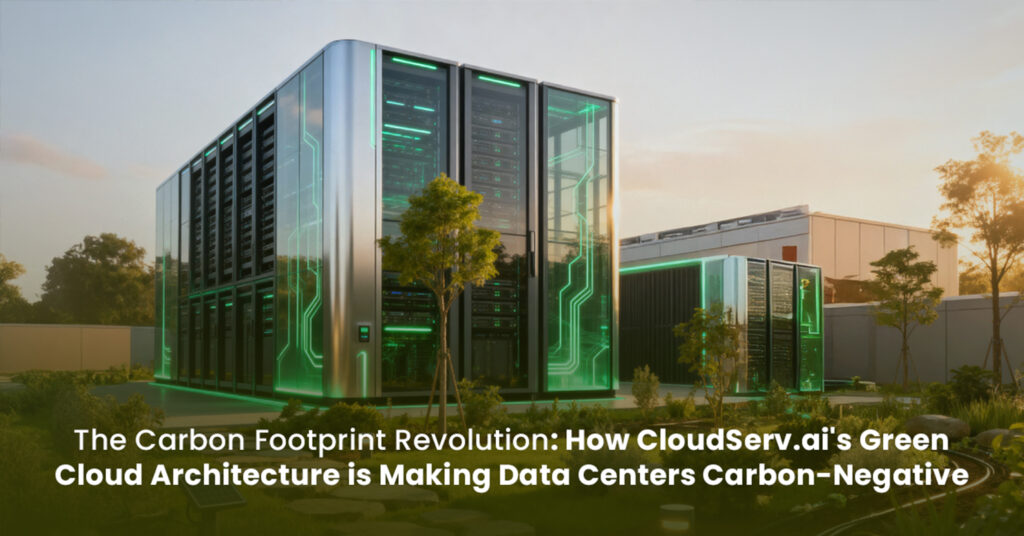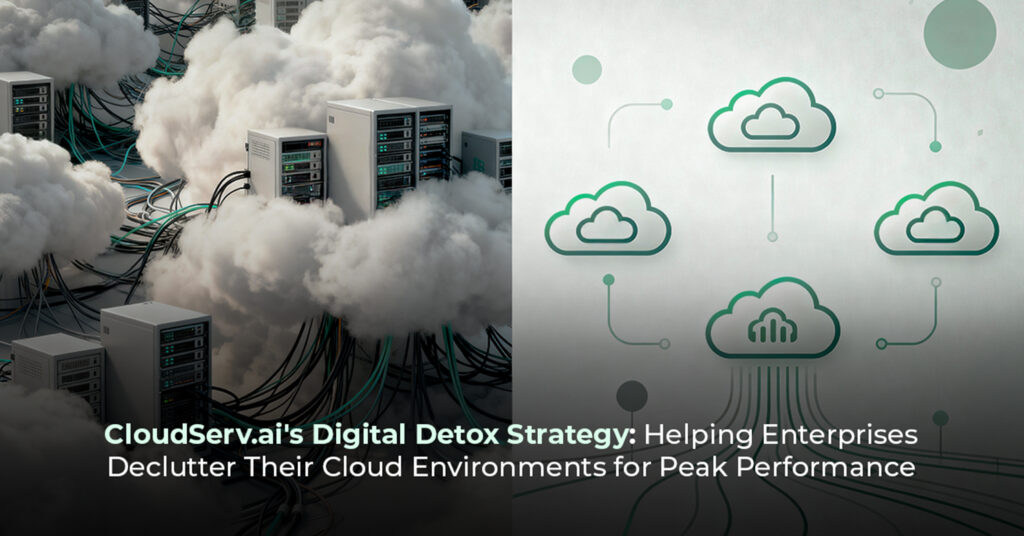The GPU Gold Rush Is Over Welcome to the Strategy Era
The AI boom turned GPUs into gold. For two years straight, organizations fought to secure compute capacity for training and deploying large language models (LLMs). We saw overnight GPU shortages, skyrocketing on-demand costs, and “sold-out” regions across every major cloud.
But 2025 won’t be defined by who has GPUs it’ll be defined by who uses them intelligently.
It’s no longer about hoarding compute. It’s about strategic allocation knowing when to rent, reserve, or federate GPU capacity to balance performance, cost, and availability.
Because in the AI economy, compute strategy = competitive advantage.
The Economics of AI Compute: From Scarcity to Strategy
In 2023, getting a GPU was a win. In 2024, keeping one busy became the challenge. Now, in 2025, the conversation has shifted to optimization.
GPU pricing, availability, and utilization patterns have matured into three distinct approaches:
- Rent: Pay-as-you-go flexibility for short-term or unpredictable workloads.
- Reserve: Committed, discounted capacity for sustained, predictable use.
- Federate: Share or orchestrate GPUs across multiple clouds or providers for resilience and scale.
Choosing the wrong model isn’t just inefficient — it’s expensive. Choosing the right one can mean cutting costs by half while keeping your AI systems always-on.
When Renting Makes Sense: Agility Over Ownership
Renting GPUs — the pay-as-you-go model — is perfect for organizations that prioritize agility.
You rent when:
- You’re running short-term experiments or fine-tuning LLMs on domain-specific data.
- Your workloads spike unpredictably, such as during model validation or data refresh cycles.
- You need immediate access to specialized GPUs (like H100s or A100s) without long procurement cycles.
It’s fast, flexible, and frictionless — but not cheap.
Renting gives you control over time but not budget predictability. The hourly rates are steep, and during global demand spikes, instances can vanish or surge in price.
Think of renting like ride-sharing: perfect when you need to get somewhere now, but costly if you’re running a delivery fleet every day.
When Reserving Wins: Predictability and Cost Control
If your organization runs steady, always-on inference workloads or continuous model retraining, renting isn’t sustainable. That’s when reserved GPU capacity becomes the smarter play.
Reserving means committing — often for one or three years — but you get:
- Guaranteed access to GPUs even during shortage periods.
- Up to 60% lower cost compared to on-demand rentals.
- Performance consistency for mission-critical AI applications.
Of course, there’s risk in overcommitting. If you misjudge your workload growth or scale down, those idle GPUs become stranded cost.
Enterprises that succeed here treat GPU capacity planning like supply chain optimization: forecast demand, automate allocation, and monitor utilization continuously.
If you’re training multiple LLMs year-round, reservation isn’t just smart — it’s essential.
When to Federate: The Distributed Future of Compute
Federation is the new frontier. It means pooling GPUs across multiple clouds, partners, or even internal data centers — and orchestrating them as one virtual compute fabric.
Federation works when:
- You need cross-cloud resilience or multi-region failover.
- You want to avoid vendor lock-in and take advantage of price variations.
- You must respect data residency or compliance boundaries while training globally.
The advantages are enormous: you can route workloads dynamically to wherever compute is cheapest, greenest, or most available. The trade-off? Complexity.
Federated systems require:
- Unified orchestration (Kubernetes, Ray, or Run.ai).
- Secure identity and access management across environments.
- Robust observability to track utilization and cost across federated nodes.
Think of it as a GPU mesh network powerful, flexible, and future-ready.
The Hybrid Play: Mix, Match, and Measure
In 2025, the best GPU strategy isn’t one model it’s a portfolio.
Most high-performing AI organizations blend all three:
- Rent for burst capacity and rapid innovation.
- Reserve for predictable workloads and budget stability.
- Federate for resilience, cost arbitrage, and multi-cloud reach.
This hybrid approach turns GPU management into a strategic discipline, where orchestration tools, cost dashboards, and telemetry data all feed into one continuous optimization loop.
The goal?
100% utilization. 0% panic when a region runs out of GPUs.
The Rise of Compute Liquidity Markets
The next evolution is already taking shape: compute trading.
Emerging platforms and federated networks are creating markets where GPU capacity can be shared, leased, or exchanged dynamically — similar to energy trading.
AI labs, enterprises, and even smaller cloud providers can federate excess GPUs to others on demand. This “compute liquidity” could reshape the economics of AI entirely.
Tomorrow’s question might not be “Who has the GPUs?” but “Who’s orchestrating them most efficiently?”
Operational Questions to Ask Before Choosing Your Model
- Utilization Rate – Are your GPUs busy more than 70% of the time?
- Workload Type – Are you running training bursts, steady inference, or sporadic experiments?
- Scalability Need – Can you tolerate delayed job starts, or do you need instant availability?
- Latency Sensitivity – Can your workloads stretch across clouds or must they stay local?
- Budget Predictability – Can you handle variable bills, or do you need stable cost planning?
Answering these five questions honestly can prevent 80% of future compute pain.
The Sustainability Layer: Efficiency as Strategy
Power and cooling now account for nearly 40% of total GPU operational cost. As density grows, sustainability isn’t just an ESG topic — it’s a financial lever.
Federated architectures can route workloads to regions running on renewable energy or with lower carbon intensity grids. When paired with power-based carbon accounting and GreenOps principles, this transforms sustainability into a cost advantage, not a compliance box.
Final Thought: Strategy Is the New Infrastructure
In 2025, everyone will have access to GPUs. The differentiation will come from how intelligently you orchestrate them.
The smartest AI organizations won’t just rent or reserve — they’ll balance all three models dynamically, guided by data, cost, and context.
Because in this new compute economy: The fastest model doesn’t always win. The smartest architecture does.



